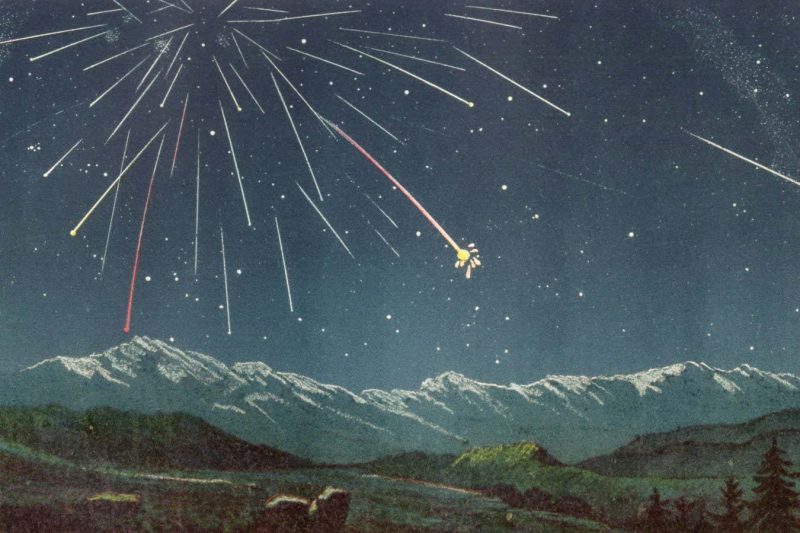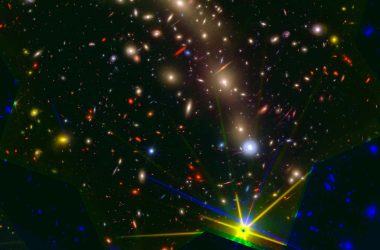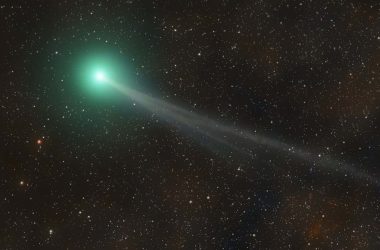Experience a Rare Phenomenon
This weekend, prepare to be amazed as the Andromedid meteor shower, thought to be dormant, may offer a breathtaking display. Astronomers predict a potential 200 meteors per hour on 2 December.
The Andromedids are formed by debris and rocks left behind by the now defunct comet 3D/Biela entering Earth’s atmosphere and burning up. While this shower typically yields few meteors, there have been remarkable occurrences in the past. The events in 1872 and 1885 were particularly astounding, producing over 1000 meteors in an hour. The last activity was in 2011, with about 50 meteors per hour.
Unraveling the Mystery
The irregular nature of the Andromedids can be attributed to the demise of comet 3D/Biela, first sighted in 1772 and splitting into two fragments in the mid-1800s. Despite subsequent disappearances, remnants of its debris and dust linger on Earth’s orbital path, occasionally leading to awe-inspiring meteor showers.
The infrequency of these events can be attributed to the similar orbital trajectories of the remaining material and the comet’s original path, with an orbital period of 6.7 years. This rarity is due to Earth rarely intersecting the same paths.
Predicting the Stellar Show
In 2012, a research paper detailed a simulation of the dust trail movement, suggesting a potential meteor outburst reaching 200 meteors per hour, culminating on 2 December. However, recent refinements in the model cast doubt on this expectation, with the orbital trajectory of the comet in the 1600s presenting a critical factor.
Despite the uncertainty, astronomers are eagerly anticipating this potential astronomical extravaganza, with monitoring equipment in place to capture the event.
Witnessing the Phenomenon
To observe the Andromedid meteor shower, no specialized equipment is necessary. The meteors are expected to emanate from the Cassiopeia constellation this year, making it relatively easy to spot. Look towards the north after midnight for the best chance of viewing this celestial spectacle.








